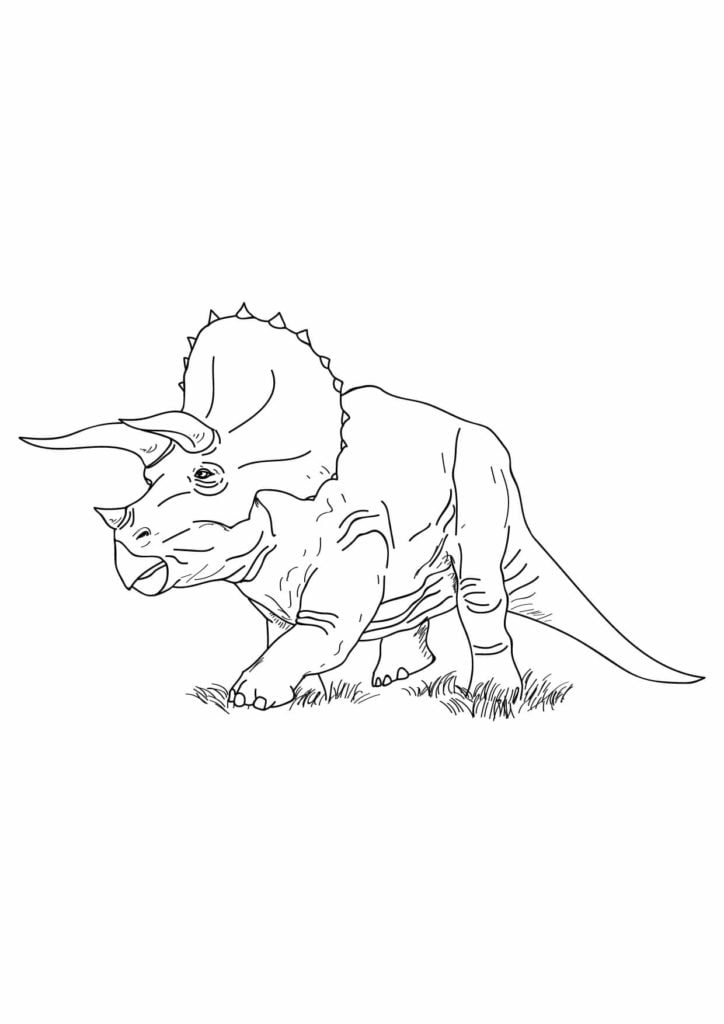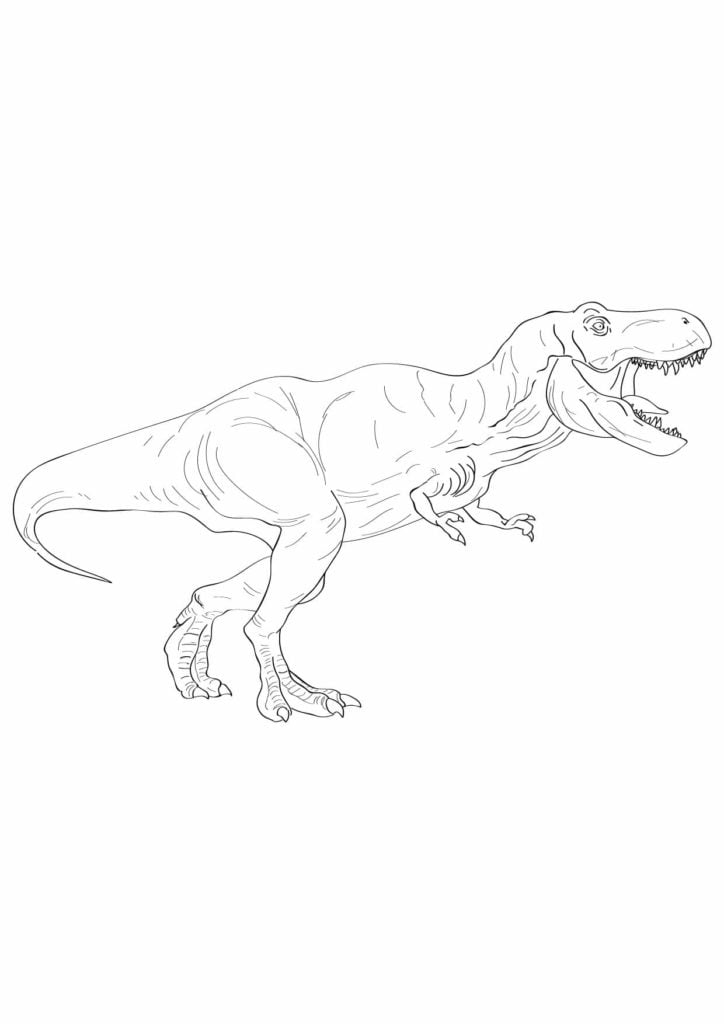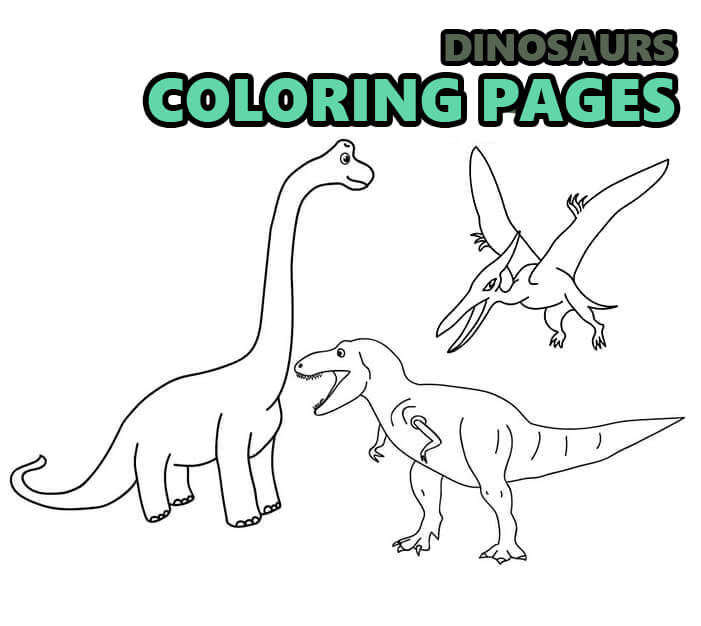Dinosaur Coloring Pages is a set of different drawings of prehistoric creatures in different styles. There are sets of simple pictures with uncomplicated lines for the youngest dinosaur lovers as well as more realistically presented drawings.
Coloring pages of dinosaurs for the little ones
Giant and small – all the dinosaurs came into the world hatching from eggs. Their bodies were covered with scales, although the remains of dinosaurs with feathers were also found. Although it sounds unbelievable, because we have a rather different image of dinosaurs. Scientists who study the skeletons of dinosaurs are called palaeontologists. Thanks to their research and discoveries, we know more and more about the appearance and behavior of different species of dinosaurs. If you are also interested in dinosaurs, these coloring pages are an interesting way to learn about some popular species.
At the beginning I made a set of simple drawings of dinosaurs for the youngest children. These are easy-to-color shapes that will not be a problem for preschoolers. I also divided the sets according to the way they nourished themselves. There were vegetarians that eat plants and fruits, and there were predatory dinosaurs that hunted other dinosaurs.
Herbivorous dinosaurs – drawings for children
Meet herbivorous dinosaurs. They were animals that ate only plants. When the dinosaurs ruled the earth, there was no grass yet, but there were many other plants that the dinosaurs ate. They ate the leaves of trees and shrubs, fruit and lichen.
The first picture shows a Brachiosaurus. It was a huge sauropod with a long neck that allowed it to reach the tall leaves it was feeding on. Today’s giraffe is very similar to him, although it is much, much smaller.
The next picture of a dinosaur shows a Stegosaurus. This dinosaur fed on plants that grew low, so it did not need a long neck. Bone protrusions along the entire back probably served him as protection against predators.
Triceratops, on the other hand, resembled today’s rhino. It is thanks to the three horns placed on the head. The name of this triceratops dinosaur comes from these three horns.
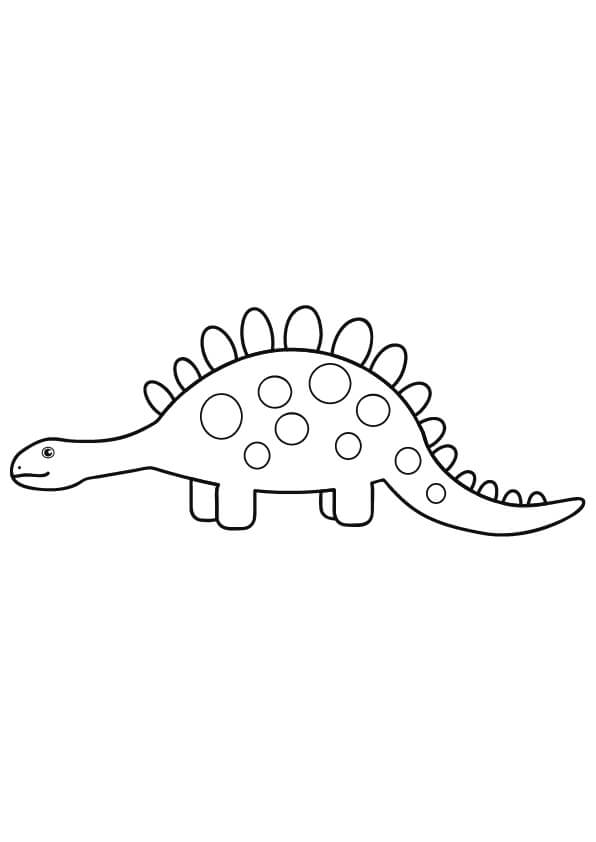
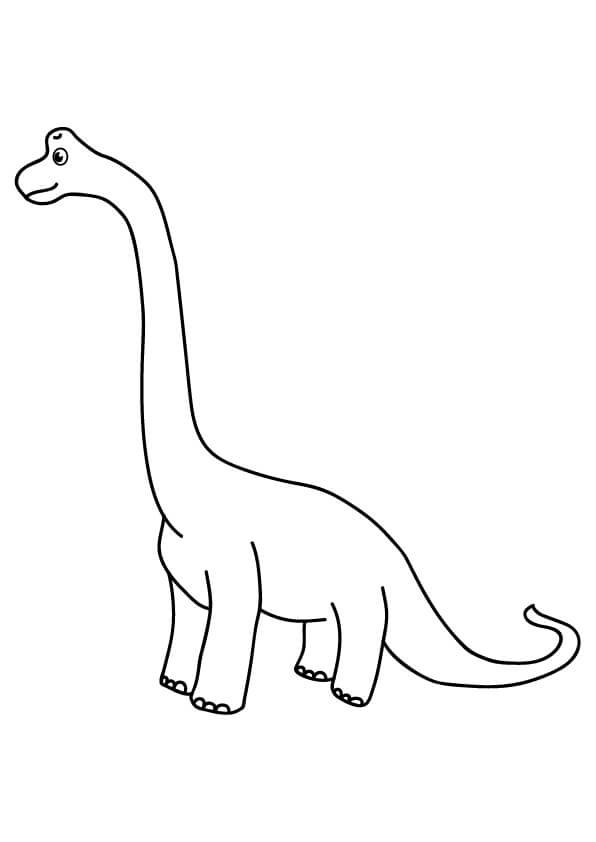
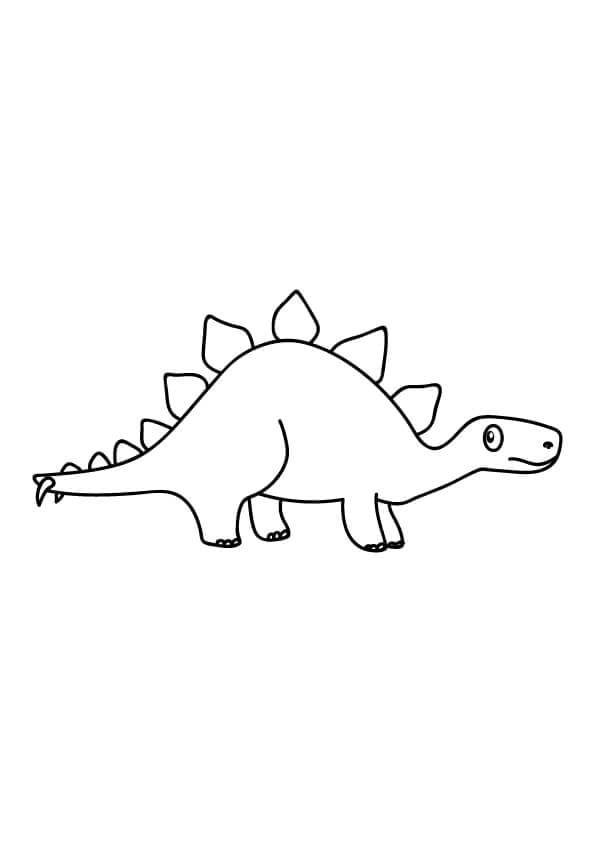

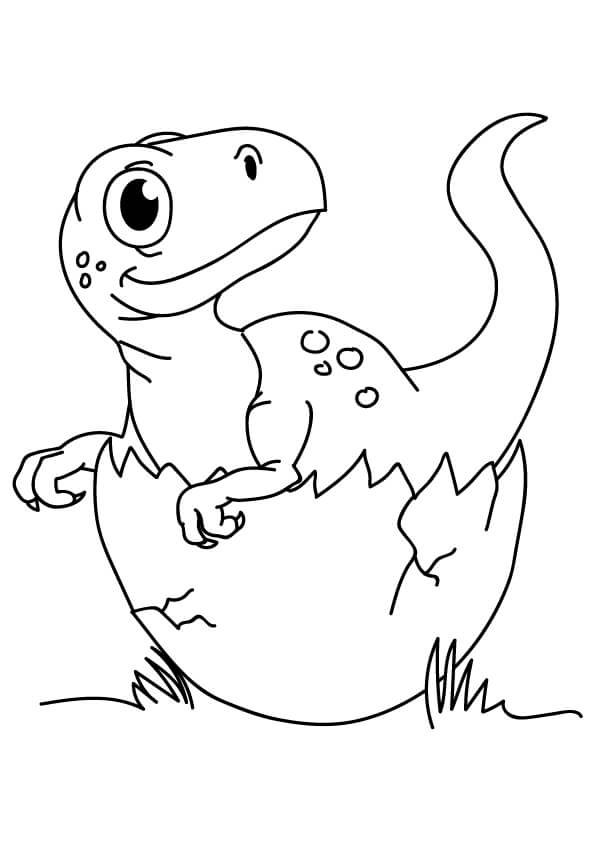
Carnivorous dinosaurs – drawings for children
Terrifying, large reptiles with large teeth that hunt other animals are predatory dinosaurs. They were predators hunting their prey like today’s tigers, lions and wolves. They ate on the meat of the hunted animals. In order to hunt another dinosaur, the predators were armed with sharp claws, fangs and teeth. They were also extremely intelligent, as they often had to outsmart their victim. Some, like today’s wolves, hunted in packs – that is, together with other dinosaurs of the same species. Meet some of them.
The most famous predator among dinosaurs was, of course, the tyrannosaur. He was large, had a massive head with a mouth with great teeth. His teeth were 30 cm in size! He also had powerful, strong legs. He could run at 50 km / h. The tyrannosaur also had disproportionately small paws that are very distinctive. He must have terrified the dinosaurs.
Another terrible predator in the dinosaur kingdom was the velociraptor. Extremely fast, agile and above average intelligent reptile with large hooked claws. Remember the scene in Jurassic Park where two kids are hiding from the chasing dinosaurs in the kitchen? It was from Velociraptors that the two heroes escaped.
The third carnivorous dinosaur in this list is the Spinosaurus.
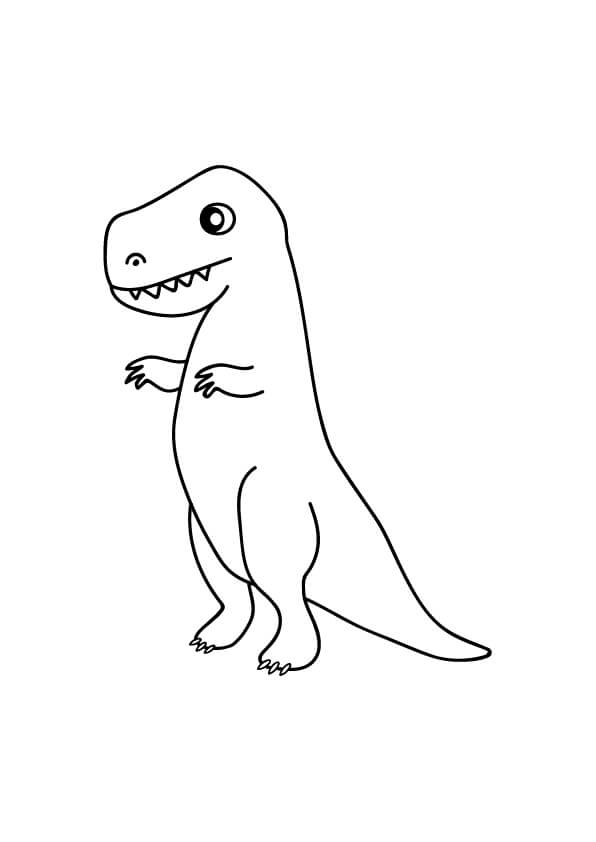

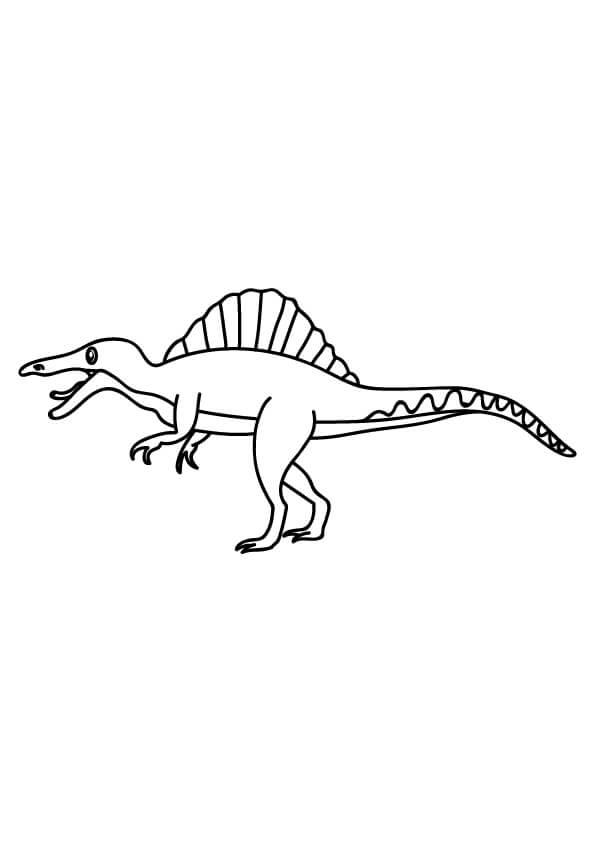
I also have a drawing of a flying dinosaur for you. His name was pterodactyl and he was one of the first animals to master the technique of flying in the world. A skin membrane stretched along the fingers served as wings. If you would like to learn how to draw a tyrannosaurus like this below, see the instructions How to draw a tyrannosaurus Rex.
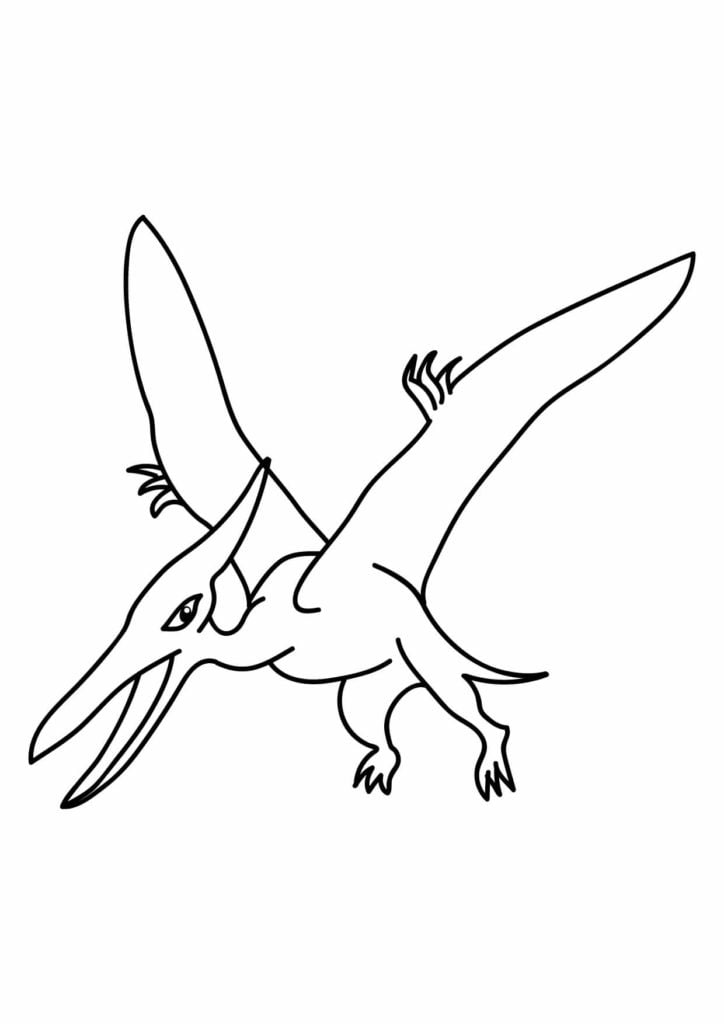
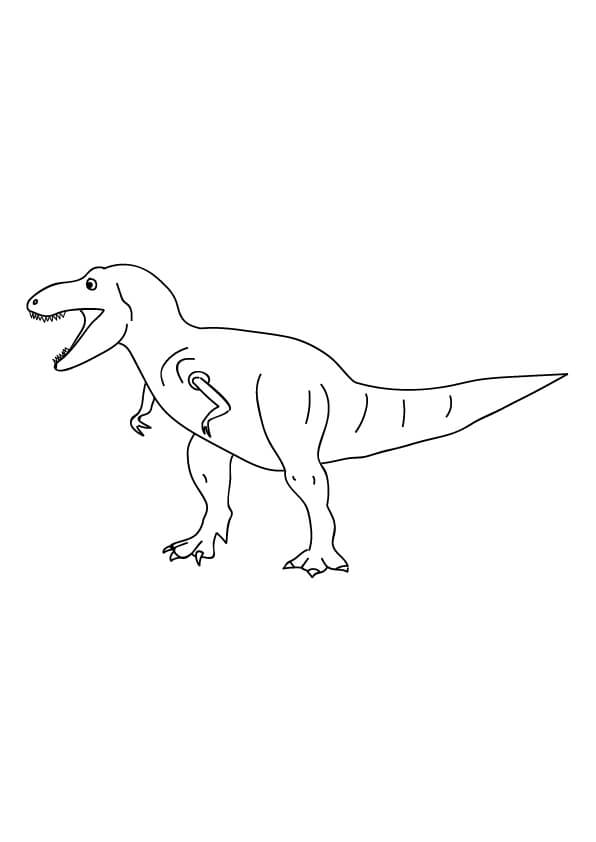
Coloring pages for boys – dinosaurs
Below I made a compilation of drawings of the same dinosaurs, but this time they are more complicated drawings. These pictures already contain more details, so they will be suitable for slightly older children. who are interested in palaeontology.
